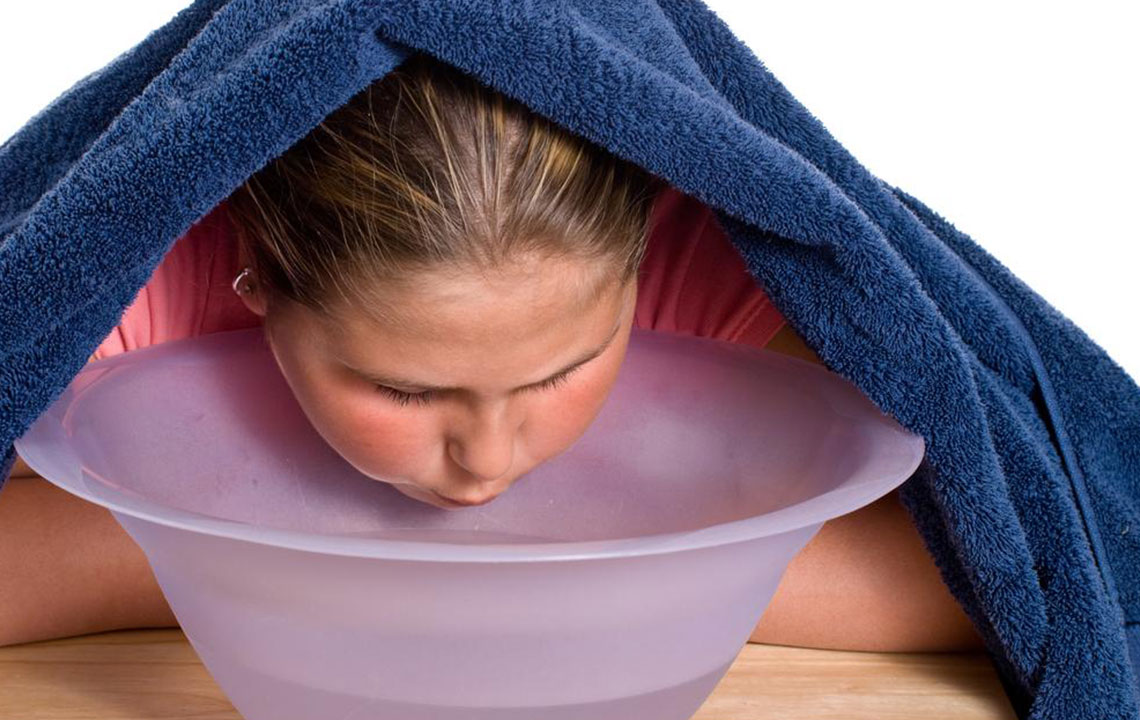Effective Home Remedies for Dust Allergy

In today’s world, people end up having a reaction to a range of substances which was not a common phenomenon in earlier times. Whether they are food allergies, dust allergies, pollen or smoke, people with a weak immunity system fall prey to allergies. There is a host of reasons for dust allergies, and these may include dust mites, cockroaches, pollen, pet hair or fur.
Primarily, the reason behind almost all dust allergens is dust mites, which are tiny bugs that survive in almost all climates. The onset of a dust allergy can be realized by certain symptoms. These include:
- Frequent sneezing
- Watery or teary eyes
- Runny nose
- Itching
The most effective dust allergy treatment is to prevent exposure to allergens. Allergens are the foreign bodies such as dust mites and pollen, which tend to trigger allergies. Limiting exposure to such allergens is an effective way, to prevent the onset of your allergy. The following are some dust allergy treatments, that are bound to help:
Medications for dust allergy treatment
- The use of medications such as several over-the-counter and prescription ones.
- The reduction of inflammation with fewer side effects than the oral medication is what makes nasal corticosteroids an effective dust allergy treatment.
- To help relieve a runny nose, sneezing, and itching, antihistamines have proven extremely useful.
- Shrinking the nasal passage to make it easier to breathe, which is done by decongestants, is another dust allergy treatment
- Antihistamines and decongestants are present in certain medications like Actifed, which is also an effective dust allergy treatment.
- Immunotherapy is long-term dust allergy treatment that involves getting allergy shots, or a prescription medicine that acts as an allergy shot.
Home remedies for dust allergy treatment
In addition to the medications mentioned above, there are a number of home remedies that one may use as an effective means of dust allergy treatment. These remedies include:
- Saltwater
Drinking salt water regularly helps in the nourishment of your adrenal glands, thereby strengthening the immune system, which helps in producing tolerance towards the allergens. - Peppermint tea
Peppermint is an effective natural dust allergy treatment. Peppermint is an antibacterial agent and an anti-inflammatory agent, which helps in de-congestion and provides respite from sneezing. Peppermint tea bags or tea leaves are readily available in the market these days. Sip on this miraculous tea for instant relief. - Horseradish herb
Horseradish comprises of Allyl isothiocyanates, which is helpful for dust allergy treatment. This herb can be grated and then consumed and is to be ingested with a glass of water. - Taking a steam
Taking steam helps in decongestion of the nasal passages and sinus and helps in curbing cold, and sneezing. Moreover, it also opens up your facial pores, letting out any trapped dirt or dust which is trapped in your skin. Steaming may not be an active dust allergy treatment, but it is bound to provide you relief from the consequences of dust allergy.
Long-term dust allergy prevention
The presence of dust mites around you is the primary cause of dust allergy and while the above-mentioned dust allergy treatments are useful to overcome allergy, one must make some changes in the surroundings to prevent such a situation again. These measures include:
- Customize your room
For people with a weak immune system or those who are prone to allergies, it helps to customize your room. It is of paramount importance to keep it neat and tidy. Avoid storing books, unused clothes and curtains inside the room, as they are likely to be contaminated with dust, which is prone to trigger your allergy. It also helps to keep your shoes outside your bedroom. - Maintain cleanliness
Keeping your surroundings clean helps keep dust at bay, thus preventing triggers to your allergies. Regularly clean your doors and windows with a wet cloth, as they are more prone to external interference. Blow off the dust from your sofa, curtains, and furniture on a regular basis. However, it is important to cover your mouth and nose with a cloth while cleaning, to remain protected against dirt. Preferably, using a vacuum cleaner if dusting is an issue.
Purchase a high-efficiency particulate air (HEPA) filter and ensure even your vacuum cleaner has one in it. Try to maintain a relative humidity between thirty to fifty percent, inside your house by using air conditioners and dehumidifiers. - Travel safe
Wearing a mask around your nose while traveling, or when outside is a good way to deter any dust allergy. Also preferably, keep your windows closed, while traveling. - Keep your workspace clean
Working with old files can trigger dust allergies due to the presence of dust. Preferably, wear a mask or dust the files well before you use them.
Dust allergy treatments are safe, but one must always consult a doctor before starting. It is advisable not to start the medications until the time the doctor says so. One can always use home remedies as an effective means of dust allergy treatment.


